 Birth control has come a long way throughout history. There have been many changes from the acacia leaves of ancient Egypt to the development of a once-a-day estrogen pill. As technology continues to advance, so too does the improvement of existing birth control options and the development of new and exciting contraceptives.
Birth control has come a long way throughout history. There have been many changes from the acacia leaves of ancient Egypt to the development of a once-a-day estrogen pill. As technology continues to advance, so too does the improvement of existing birth control options and the development of new and exciting contraceptives.
But what’s next for contraception? Researchers are working on a few key areas: accessibility, how long a method offers protection, and how easy it is to use. These factors increase the success rate through patient compliance while simultaneously making birth control easier for everyone.
Here are some innovations that could be coming down the pipeline soon.
The Monthly Pill
One of the most significant challenges doctors see among patients taking the once-a-day pill is that it is easy to forget. Whether a person misses a dose completely, takes it at the wrong time, or even loses the packet, their protection could be compromised.
In order to address this issue, doctors are working hard to develop a monthly pill. This single dose could protect for an entire month, reducing the failure rate due to patient behaviors while delivering something much more convenient.
A Long-Term Injection
Contraceptive injections are currently available, but patients have stated their dissatisfaction with how often they need to be administered. Most injections last no more than three months. However, innovations in contraceptive injections could produce a shot that lasts for six months or even a year. With fewer jabs, more patients are likely to consider this option.
A Dissolvable Patch
Not everyone wants to take pills, and an injection may not be the right fit for some. To provide an alternative, medical researchers are developing a patch that can be applied to the skin (usually on the arm). The patch contains microneedles too small to be seen by the naked eye (and thus too small to produce the discomfort of an injection).
When the patch is applied, these small needles enter the skin to provide exposure to contraceptive hormones. The patch can then be removed, leaving only the medication in the needles behind. The needles dissolve before the next treatment is due.
Biodegradable Implants
Contraceptive implants can currently be placed under the skin of the arm. However, they must be removed once their efficacy has decreased. Biodegradable implants could be left permanently in the body, where they will go away on their own rather than requiring a second procedure.
Pod IVRs
An IVR, or intravaginal ring, already exists as a birth control option. However, the current selection is limited; the ring contains the prescription, which is absorbed directly in the vaginal cavity, but flexibility in what that ring can contain remains limited.
Innovations are leading toward a “pod” IVR, which incorporates multiple pods of different types of medications. This allows for treatment targeted toward the patient’s specific needs in more controlled and varied doses, potentially with multiple hormones or medications.
An Adjustable Microchip
One of the most technologically advanced options on the table in the future is the microchip-based contraceptive. Researchers are considering an implantable, programmable device that could release contraceptives on command (e.g., when a patient is sexually active) and then be turned off at will (e.g., when the patient wants to get pregnant or when they are not sexually active).
While this can limit the long-term adverse side effects of many types of birth control, scientists have expressed some concerns about the microchip option. Women in abusive relationships could find that their partner turns the contraceptive off remotely to trap them in a pregnancy. Scientists also wonder if a device with a remote connection could be considered secure from outside influence. Development in this area is ongoing!
Male Birth Control
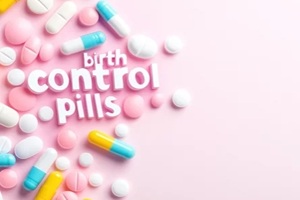
For years, people have been clamoring for a male birth control option, and development has finally made strides. YCT-529 is being studied as a pill option that prevents the development of sperm, and a gel option shows great promise in stopping sperm production faster than ever, which is one of the primary challenges that male contraceptives face.
Explore Birth Control Options
Medical technology has evolved by leaps and bounds in recent decades, and this advancement is not expected to slow down anytime soon. This can mean some great things for birth control for both men and women. To determine which type of contraceptive is right for you, and to stay on top of new options, be sure to keep up with your regular wellness visits and screenings!
Contact Raleigh Gynecology & Wellness to schedule your appointment or set up a mammogram to take charge of your health.
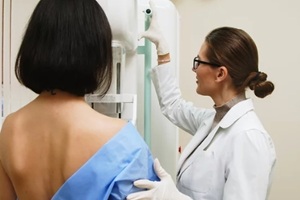 Mammograms remain an essential part of women’s healthcare throughout their lives. Some may hear their doctors encourage them to go in for a
Mammograms remain an essential part of women’s healthcare throughout their lives. Some may hear their doctors encourage them to go in for a 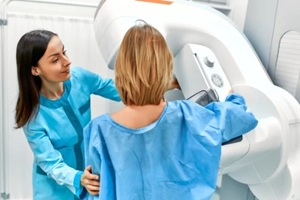 Mammograms are an important part of lifelong healthcare for women. However, at Raleigh Gynecology & Wellness, we understand that the mammography process can seem intimidating or confusing.
Mammograms are an important part of lifelong healthcare for women. However, at Raleigh Gynecology & Wellness, we understand that the mammography process can seem intimidating or confusing.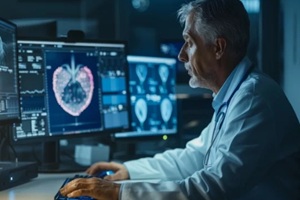
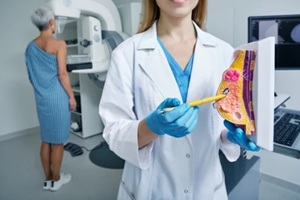 For these reasons and many more, the smartest way to approach breast cancer prevention is to visit a doctor regularly. Mammograms combined with self-exams produce a higher detection rate, almost
For these reasons and many more, the smartest way to approach breast cancer prevention is to visit a doctor regularly. Mammograms combined with self-exams produce a higher detection rate, almost 
 Another reason regular screening is essential even if you have no symptoms is because scheduling and attending a yearly mammogram creates a valuable health habit.
Another reason regular screening is essential even if you have no symptoms is because scheduling and attending a yearly mammogram creates a valuable health habit.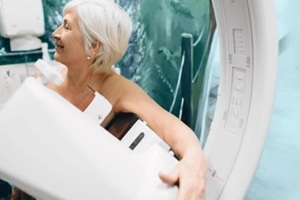 Getting a mammogram takes time, but investing just an hour or two once per year can save weeks, months, or even years that might be claimed due to the development of cancer and its impact on lifespan.
Getting a mammogram takes time, but investing just an hour or two once per year can save weeks, months, or even years that might be claimed due to the development of cancer and its impact on lifespan.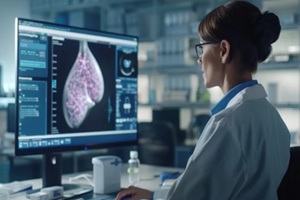
 Another advantage of 3D mammography is that it correlates with a lower rate of follow-up appointments. Because the 3D image is often so clear, patients can be directed immediately to their next steps, whether a biopsy, treatment, or simply scheduling next year’s mammogram for continued prevention.
Another advantage of 3D mammography is that it correlates with a lower rate of follow-up appointments. Because the 3D image is often so clear, patients can be directed immediately to their next steps, whether a biopsy, treatment, or simply scheduling next year’s mammogram for continued prevention.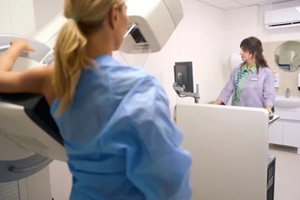 Some locations will do a 3D mammogram alongside 2D imaging, which can produce a higher radiation level than 2D or 3D mammography alone.
Some locations will do a 3D mammogram alongside 2D imaging, which can produce a higher radiation level than 2D or 3D mammography alone.